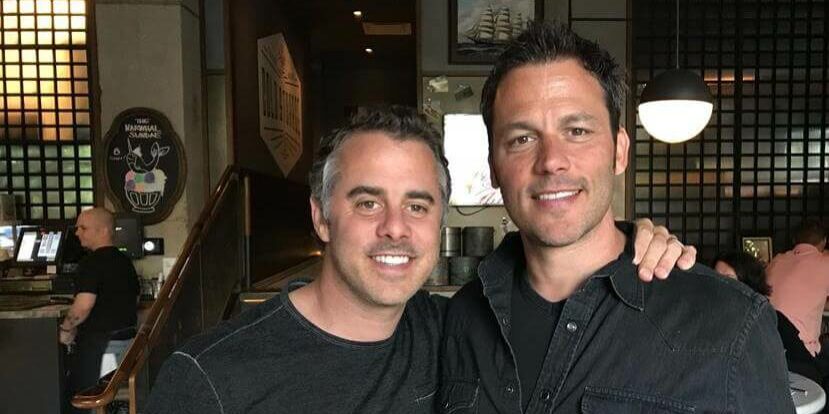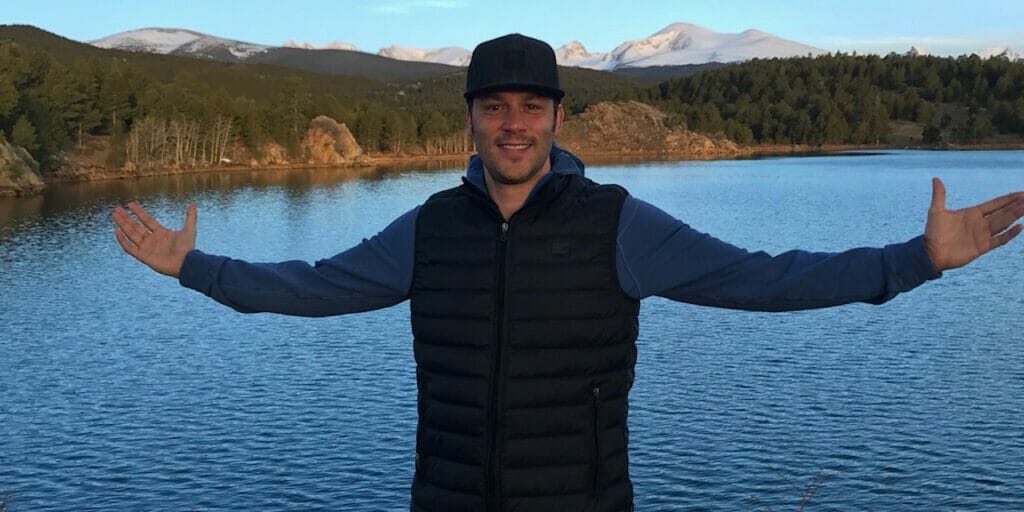My Rustico leather journal has been a trusty guide through the years. Looking back through my journal, I am reminded of emotions, ideas, conflict, insights and lessons learned that all can serve to support my way forward. I’ve learned plenty about myself, and journaling was a significant part of that self-awareness, awakening and growth.
Reading and reflecting on my writing provides perspective on the experiences of the last six months. Writing has been a catalyst to jump-start change and a tool to process my emotions during this monumental life change event.
Scientific studies have shown journaling offers plenty of benefits, such as a boost in mindfulness, memory and communication skills. Studies have also found that writing in a journal can lead to better sleep, a stronger immune system, more self-confidence, and a higher I.Q. Your body’s physical healing might even get some help from journaling — research out of New Zealand suggests that the practice may even help wounds heal faster!
Most importantly, journaling is a method of helping strengthen your mental health. I’ve written previously about the mental health crisis we are experiencing during the COVID-19 pandemic. Journaling is one of the most effective self-care techniques available to combat and process negative thoughts, feelings and emotions.
Journaling can be intimidating, and one of the most difficult aspects of beginning a journaling practice is figuring out where to start. To give you a jump-start onto the page, I am offering five simple journaling prompts. I hope they help you fill your journal and grow forward.
Journaling Prompt: Who Do You Want to Become?
Every challenge you face is an opportunity for you to learn, grow and evolve. Knowing that means we should embrace adversity, but so often, it shrinks us. Why?
The answer to this is a bit complicated, but it’s primarily biological. There is a piece of our brain called the basal ganglia that wires our mind and actions toward the familiar, so if we want to create change, we have to figure out how to change our brains. And while this makes sense from an evolutionary standpoint, it is also a paradox: if we run from a difficult situation, we can never grow and reach our potential. Instead, we will be paralyzed with fear.
Fear can be a genuine barrier to growth. It’s so easy to feel overwhelmed and default to negative thinking when things go awry. Think about your first reaction when something bad happens. It’s pretty common to consider, “Why is this happening to me?” Spend too much time caught in this cycle of thinking, and it can limit what you believe about yourself and the future. But I’ve noticed that the most successful people I’ve worked with have one thing in common: They have a deep conviction that the future will be better than the past. But to get there, they’ve had to create a positive mindset. That happens through conditioning and commitment. So, lock in on your own compelling vision of the future that serves to guide the decisions you make and actions you take, knowing that you are going to encounter and deal with adversity along the way.
Now that you know what you want and who you are becoming, let’s move on to the next question.
Journaling Prompt: What’s On Your Quit List?
What’s the biggest obstacle to being the person you want to be in 90 days? It may be the power of instant gratification.
Since the start of the COVID-19 pandemic, E-commerce has been on the rise in the United States. The U.S. Census Bureau said that e-commerce grew 31.8 percent between the first and second quarter of 2020. Now, we can have anything we want with a simple swipe on our phone: our favorite TV show, pizza, a new pair of sneakers.
It’s amazing to think about the world we live in, but it also creates challenges in keeping ourselves on course. If we indulge in things that make us happy in the short term, we lose the ability to create more meaningful commitment. Getting the life that you want takes work and often plenty of short term sacrifice.
Instead, embrace the power of delayed gratification. Make a Quit List. Think about the things that you can sacrifice in the short term to help you get to where you want to be in the long term. Perhaps it’s watching TV during the week. Maybe it’s quitting video games or eating dessert.
Either way, figure out the obstacles that can potentially hold you back to achieving your long-term goals. Because when you do achieve them, relaxing and watching your favorite TV show will be a lot more satisfying.
Journaling Prompt: What Do You Want Your Morning Routine to Be?
As you work to accomplish your goals, you will always face setbacks. But one way that you can work through these setbacks is by staying in a positive mindset so that you can be the very best version of yourself.
It’s important to have routines and rituals — good habits that are performed consistently. I’ve spent quite a bit of time studying peak performers, and I’ve noticed that many of these people practice a regular morning routine. It’s what I call “the art of the start,” and when you win the morning, you are in a better position to win the day.
Why is that? A morning routine puts you in a focused mindset. It centers you and calms you, and it also allows you some small victories that can carry over into your day. For example, I make my bed every morning. It’s my first victory for the day, and that one small victory helps give me the positive momentum and confidence to move forward.
But there’s a lot more to my morning routine than simply making my bed. Every day when I wake up, I don’t reach for my phone. Instead, I spend a little time in meditation or reflection. Then, I spend a few minutes in a gratitude exercise. I think about what I have to appreciate in my life. Finally, I set my intention for the day. I make time for exercise or a longer writing session. I no longer schedule calls or meetings before 10 a.m. The time is sacred, so I protect it — and that also makes me a lot more productive.
I don’t nail it every morning, but when I start the day this way, I feel a whole lot better about whatever the day brings my way.
Everyone’s morning routine looks different. But what’s most important is consistency — so that you can be best prepared to be your best self in the service of others.
Journaling Prompt: Who’s on Your Personal Board of Directors?
Do you have a mentor? If not, it’s a suggestion I would strongly encourage. A good mentor inspires you, stretches you, connects you, develops you, guides you, challenges you, holds you accountable, and provides you with a safe space to learn, grow and cultivate your potential. I like to find mentors who are a little bit further down the road on a journey I aspire to travel or have a specific skill set or expertise I need. It’s why I have more than one.
I have a Personal Board of Directors (PBOD). They’re a group of carefully-vetted advisors whose judgment I respect. Some are friends. Others are business colleagues. Lynn is on the board. My life coach and financial advisor are also on the board. So is my brother and best friend. But no matter who they are, they all help me achieve my goal: to build a business and a life that I love and that makes a meaningful contribution to others.
Who you spend time with affects your perspective, motivation, and how you experience the world. And it affects your future as well. Research published in MIT Sloan Management Review found that informal support from colleagues and mentors has a significant impact on an individual’s career and personal growth.
So think about what you want to learn and the skills you need to cultivate. Write them down. Who can you access in your own life that you can provide the specific support you need? Why do you admire and respect them so much? What reciprocal value could you offer? When will you formalize the invitation to join your PBOD?
Journaling Prompt: What’s Your TAN Plan?
I know that you want to be a more resilient person on January 1. We all do. But it’s easy to get caught up in your day-to-day life and lose sight of your goals.
Only you can get you where you want to be. So, before you click onto the next tab, I want you to create a TAN Plan. “TAN” stands for “Take Action Now,” and you must begin taking action tomorrow if you’re going to be the best version of yourself on January 1. So write down the three things you will do tomorrow to begin to propel you on your journey.
You haven’t made a decision until you’ve taken action! So, if meaningful change matters, let’s decide and commit right now. I cannot think of a better first journal entry!
Continuing Your Journey
These five journaling prompts are just the start of your journey. The most important thing is to make journaling one of your routines and rituals.
If you are having trouble getting started or staying the course with journaling, it might be helpful to use a simple framework instead of attacking a blank sheet of paper. Here are three journals that I have used personally and found incredibly helpful:
Write to grow!










